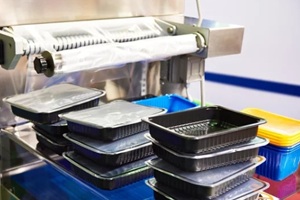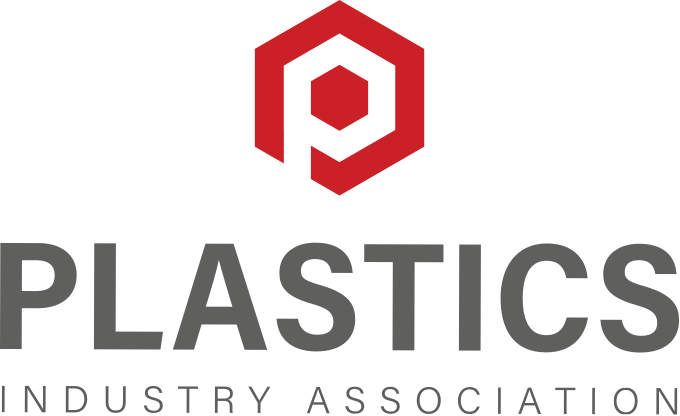January 30, 2025

Sustainability is rapidly becoming a major priority for plastic supply chain managers, especially when addressing the challenges posed by plastic packaging. Reusable packaging options offer a promising alternative to single-use options, aligning with the broader principles of a circular economy.
Keeping materials in circulation for extended periods, the reusable packaging approach cuts down on waste while preserving resources to help address environmental and operational priorities. Adopting reusable systems requires some careful evaluation to properly measure their effectiveness and overall impact.
The key metrics used to assess environmental performance, operational efficiency, and economic feasibility provide essential insights, empowering managers to drive improvement and make more informed decisions about their supply chains.
A Lifecycle Assessment (LCA) offers an exhaustive approach to evaluating the environmental impact of reusable packaging systems. It closely examines every stage in the lifecycle of packaging, from raw material extraction and production to its usage and eventual disposal. It provides a complete view of sustainability performance, highlighting potential opportunities to minimize core resource consumption and excess waste.
When examined through LCA, reusable plastic packaging demonstrates several significant advantages over single-use options. For instance, studies show that polypropylene boxes can substantially reduce greenhouse gas emissions over their lifecycle, but only after being reused 32 to 81 times.
An LCA empowers plastic supply chain managers to make informed decisions, balancing the upfront investment in reusable packaging with its potential to lower emissions and reduce environmental harm. Managers can use their LCA findings to select packaging strategies that best align with both their sustainability initiatives and existing operational needs.
Tracking return rates and reuse cycles is essential for evaluating the performance of reusable packaging systems. Return rates measure the proportion of packaging recovered after use, while reuse cycles determine how many times a container can be used before it degrades. Combined, these metrics offer meaningful insights into the efficiency and sustainability of reusable packaging.
This can be seen in containers designed for 50 reuse cycles that can significantly outperform single-use options in terms of cost and environmental impact. However, these benefits depend on efficient logistics and high recovery rates to maintain the flow of reusable packaging.
Important metrics such as the Product Reuse Index or Breakeven Reuse Cycles for CO2e Emissions allow supply chain managers to quantify the environmental and economic benefits of these systems. Improving return rates often involves implementing customer incentives or creating streamlined collection processes. Adopting these strategies can enhance recovery efficiency so that reusable packaging systems remain highly effective and directly aligned with current sustainability goals.

The overall durability of materials plays an important role in determining the long-term success of reusable packaging systems. Some important metrics, such as resistance to damage, wear, or tear, help determine how well packaging performs across multiple uses.
High durability often translates to fewer replacements which can significantly improve the overall cost-effectiveness of reusable systems. Maintenance costs, including cleaning and occasional repairs, are another important consideration supply chain managers need to consider.
For example, polypropylene containers may have higher initial production costs compared to less durable materials but require fewer replacements and minimal repairs over their lifespan. Having this balance makes them a cost-effective option for many supply chains.
Supply chain managers can optimize packaging choices by evaluating both durability and maintenance needs. Selecting packaging that withstands rigorous use while minimizing maintenance requirements can reduce lifecycle costs and environmental impact. Investing in reliable designs that align with your current operational demands offers a more practical approach to sustainable supply chain management.

Stay ahead of the curve in plastic recycling innovation. Join PLASTICS today for access to exclusive resources, industry insights, and the latest advancements to drive sustainability and business growth.
Logistics-related metrics provide valuable insights into the feasibility and performance of reusable packaging systems. Primary key performance indicators (KPIs) include transportation efficiency, which measures how easily packaging can be returned, and space efficiency, which evaluates how well items stack or nest to maximize storage and shipping capacity. These metrics directly influence cost savings and environmental impact.
Stackable reusable containers optimize vehicle capacity and reduce fuel consumption during transport, demonstrating how materials kept in circulation for extended periods reduce waste and preserve resources, benefiting environmental and operational priorities. However, poor recovery rates can quickly offset these benefits; packaging that isn’t returned as expected actually increases environmental waste and inflates operational costs, creating inefficiencies across the system.
Total Logistics Costs serve as a valuable metric to assess these dynamics. It helps plastic supply chain managers carefully evaluate their recovery strategies, identify areas for improvement, and develop processes that improve the overall sustainability and cost-effectiveness of reusable packaging systems.

For more businesses, now, more than ever, sustainability and operational efficiencies are essential. Reusable plastic packaging presents a significant opportunity for plastic supply chain managers to both drive sustainability and maintain operational efficiency.
PLASTICS, the Plastics Industry Association, offers extensive resources to support supply chain managers on this journey. From industry insights to the latest industry news and other important resources, PLASTICS provides valuable guidance to help businesses navigate the evolving demands of the global plastics industry.
If you’re not already a member, join today to access these benefits and take the next step in advancing your sustainability goals. Collaboratively, we can drive a more sustainable approach to utilizing plastics in supply chains.
PLASTICS and the Future Leaders in Plastics (FLiP) Committee are devoted to supporting and encouraging the next generation of plastics leaders who will play a crucial role in the innovation, technology and future of the plastics industry. FLiP’s mission is to provide young professionals under the age of 40 the exposure, education and resources they need to build lifelong careers in plastics. Want to join? Want to get your employees involved? Email: [email protected]